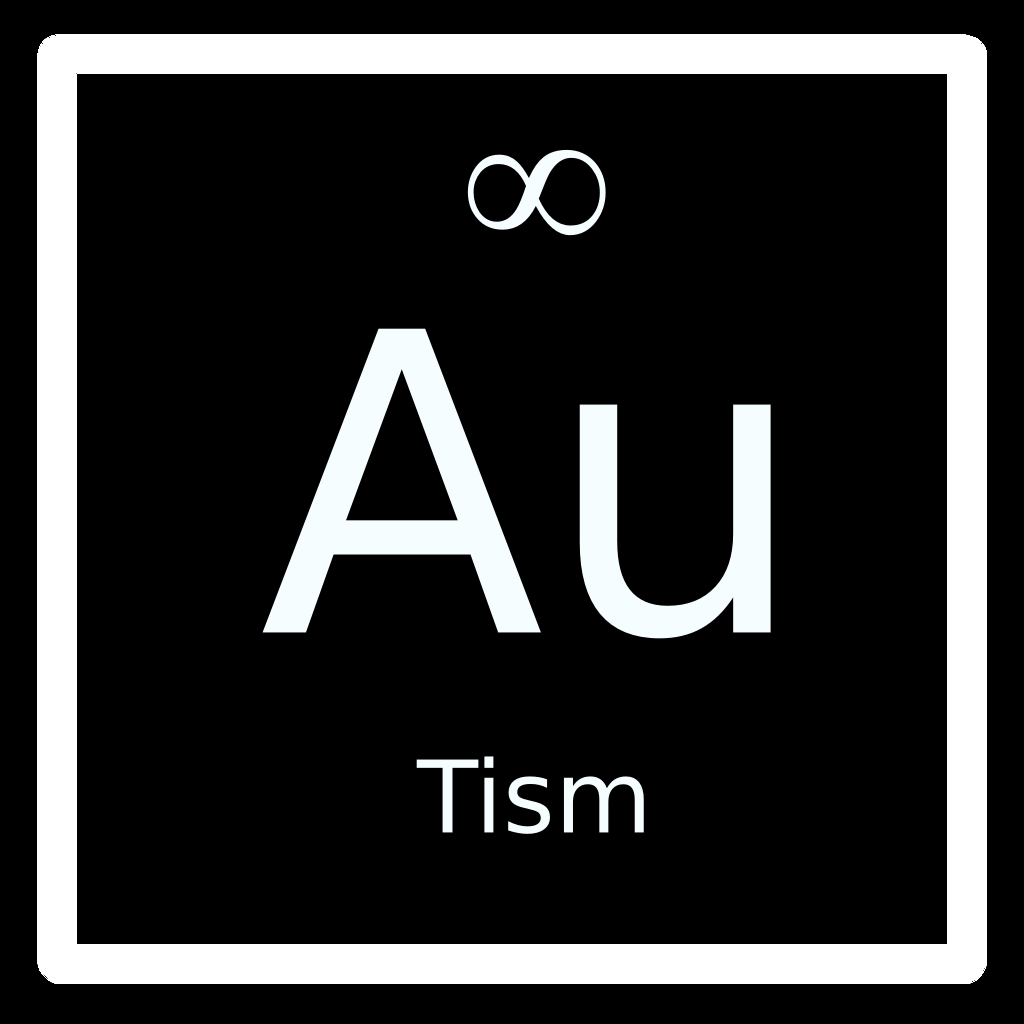

No, it was inaccurate, even at the time. The Famicom was built to cost and and mainly used cheap off-the-shelf components that were already obsolete when the system first released in 1983. The NES released in North America the same year as the Commodore Amiga, a system that actually was cutting edge, and represented a big leap forward in what home computers could do graphically. By the time Mega Man released, the Amiga was on it’s second revision and other home computers were rapidly catching up to it’s capabilities.
While Mega Man was one of the best games on the NES, it ran at the same resolution as every other game on the system, and was stuck working within the same limited color palette and low sprite limit that were more than five years behind the curve when it released.

The version I’ve always heard isn’t that the expansion pack “randomly fixed it”, but rather that the issue was a memory leak that would cause the game to run out of RAM and crash after a couple hours. The extra memory of the expansion pack would just delay the crash for an additional 6-7 hours. I’m curious how true this is actually is now, as it seems like it would be easy enough to test.